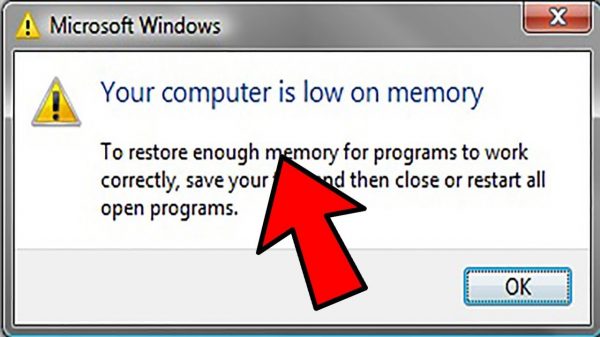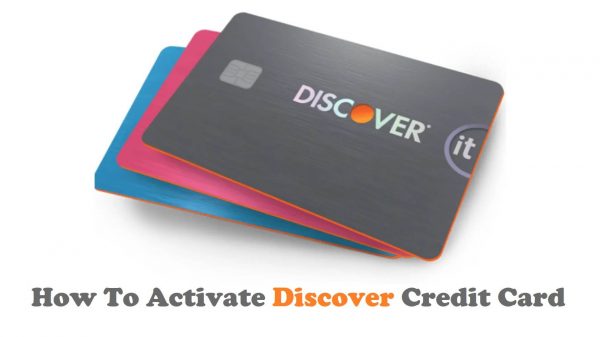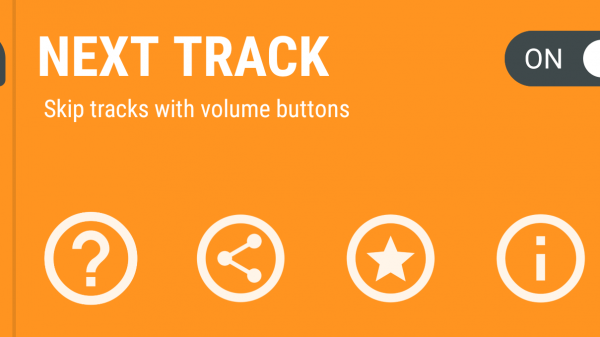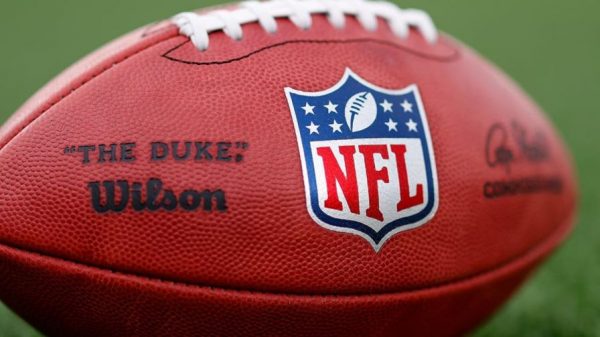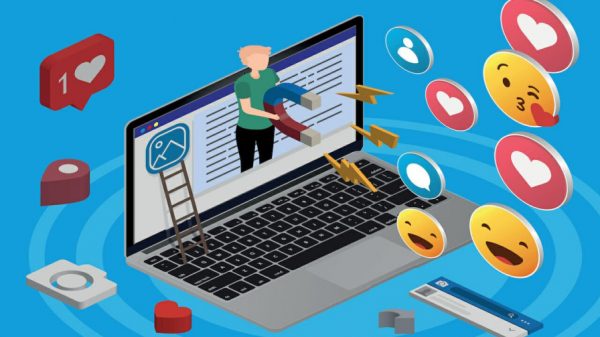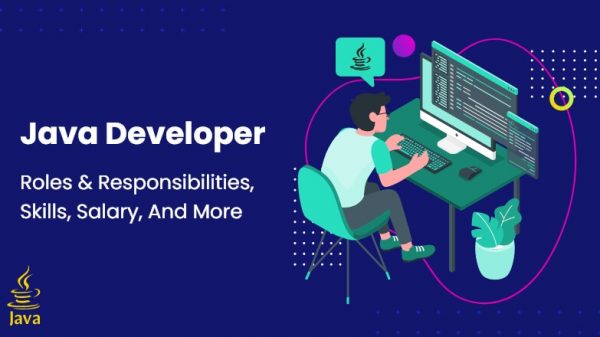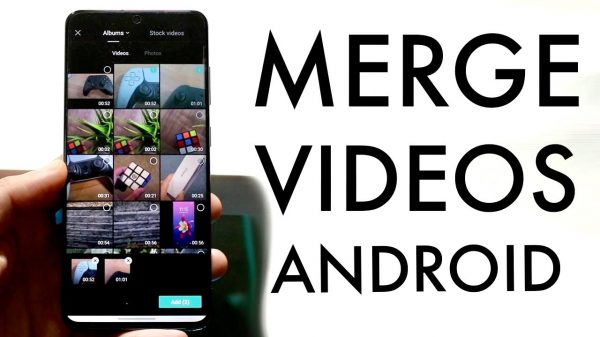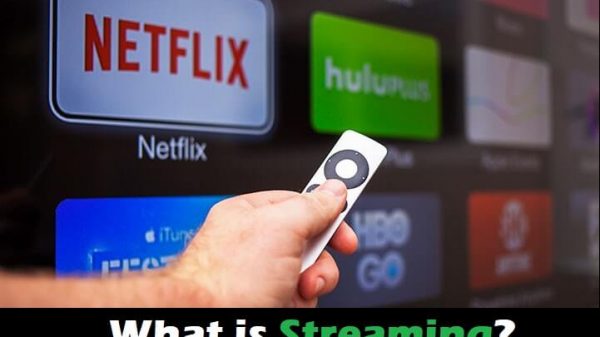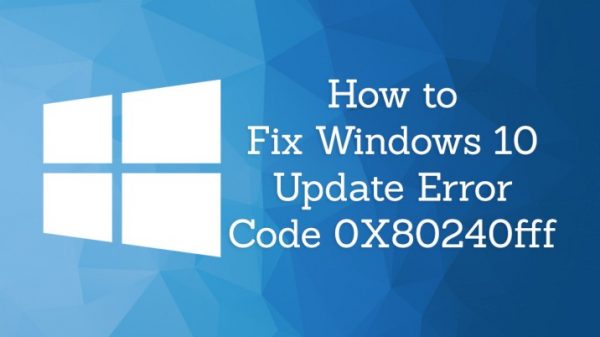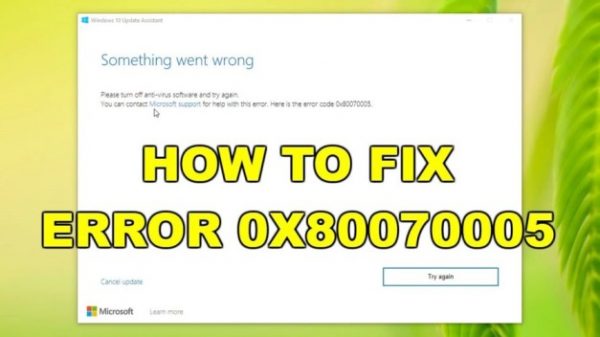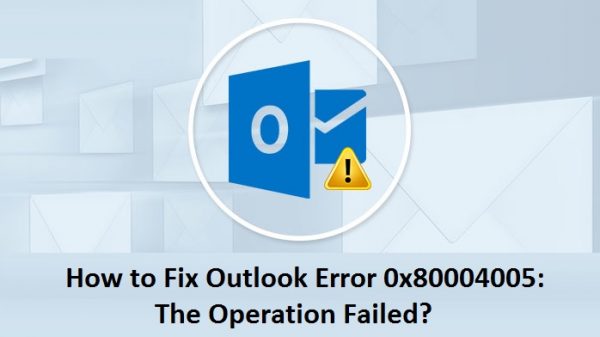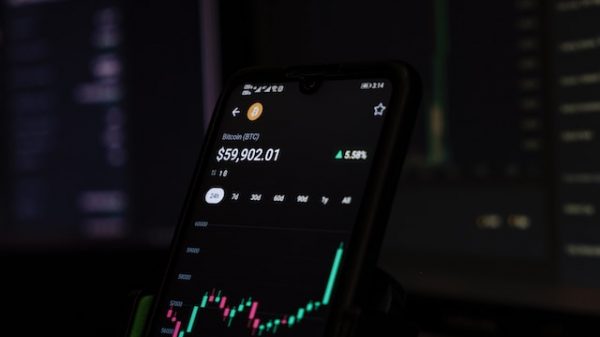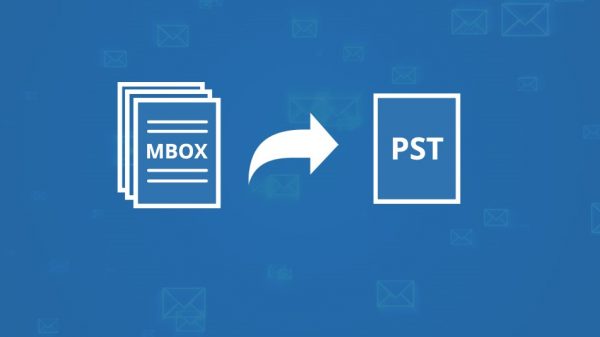The term “ISDN,” which stands for “Integrated Services Digital Network,” originated globally. We’ll look at the history of this communication network in the UK, how it benefited businesses with phone calls and business communications in general, who owns it, and a host of other related subjects. These are a series of communication protocols that enable the public switched telephone network’s traditional circuits to carry simultaneous digital transmissions of voice, video, data, and other network services. Prior to the introduction of the Integrated Services Digital Network (ISDN), voice calls could be made over the phone, and certain data-related services could be accessed. The primary characteristic of ISDN is its ability to combine data and speech over the same lines, something that the traditional telephone system was unable to do. In addition to being a circuit-switched phone network technology, ISDN offers access to packet-switched networks that enable digital speech and data transmission. As a result, speech and data quality may be improved above those of analogue phones. In steps of 64 kilobit/s, it offers a packet-switched connection for data. It offered a maximum bandwidth of 128 kbit/s in both downstream and upstream directions. Channel bonding allowed for a higher data rate. Six to eight 64 kbit/s ISDN B-channels (three or four BRIs) are often bonded. In several nations, ISDNs have been extensively utilized. The gadget expedites the construction of connections between branch enterprises and their headquarters by offering 64 kbit/s and 128 kbit/s ISDN leased line service.
Public Switched Telephone Network is what PSTN stands for. In essence, it is the same telephone system that has been in operation since the 1880s. It may be familiar to you as the “landline.” Because the outcome is the same, people refer to the ISDN and PSTN switch-offs relatively interchangeably.
History:
When trade expanded globally in the 1960s, the analogue phone network was unable to accommodate long-distance calls from users. In the UK, this specific phone service’s history dates back to 1985. The Integrated Digital Access (IDA) technology was replaced by ISDN when it was introduced in 1985. For consumers and companies, the IDA enabled much faster data transfers. It was an extension of the digital phone network. British Petroleum (BP) was one of the first users of the new network, IDA/ISDN, which was unique in the world.
The demise of analog phone systems was heralded by this event in telephone history. The “last mile,” as it was called at the time when digital exchanges began, was completed over an analog system between the consumer and their local exchange. The mechanism that enabled this new changeover from analog phone lines was better defined by the acronym ISDN (Integrated Services Digital Network), so the IDA was renamed to reflect this.
ISDN was quickly able to provide a large number of 64kbit/sec (kilobit per second) channels that both commercial and domestic users could use as testing expanded across the nation. These were called ISDN B Channels since they were binary systems rather than analogue. Businesses and organizations started utilizing the internet as a result of the sudden surge in business activity brought about by its creation. They could receive some of the quickest internet access available from it, though it was incredibly slow in retrospect. The British Telecom Group operates the ISDN network in the UK, or BT, as they are most well known. They were the first to declare their intention to shut down the Public Switch Telephone Network, which operated the network. The first step in this process was the declaration that they would stop providing in 2020 and complete the relocation by 2025.
A set of communication standards known as the Integrated Services Digital Network (ISDN) allows voice, video, data, and other network services to be transmitted digitally in real time over conventional public switched telephone network (PSTN) wires. ISDN offers end-to-end digital communications and is an evolution of the Integrated Digital Network (IDN). The UK’s phone industry undergoes a permanent transformation in 2025 as a result of the most significant advancement in call handling since the 1980s. After being launched in 1986, the ISDN phone network will be turned off in three years. Additionally, the PSTN network is being phased out. All phone calls will be made via the internet starting on that date. We’ll walk you through what you need to know about the ISDN switch-off in this article, using clear, concise language. We’ll discuss the circumstances around it, why it’s occurring, and—above all—what it means for you.
ISDN supports two types of physical interfaces:
Basic Rate Interfaces (BRI) and Primary Rate Interfaces (PRI).
The bandwidth of a BRI interface is equal to the combined bandwidth of its two 64 kbit/s B channels and its single 64 kbit/s D channel. The two B channels (B1 and B2) have the option of being utilized separately or combined to provide an MP link with a maximum transmission rate of 128 kbit/s.
There are two types of PRI interfaces:
CE1/PRI interfaces and CT1/PRI interfaces.
- The bandwidth of the CE1/PRI interface is 30B + D. A single E1 line has 32 timeslots. Synchronization signals are transmitted in timeslot 0; D channels are used in timeslot 16; and B channels are used in the remaining 30 timeslots. Each of the B and D channels operates at a 64 kbit/s rate.
- The bandwidth of the CT1/PRI interface is 23B + D. 24 timeslots are present in a T1 line. The last 23 timeslots are used as B channels, and timeslot 24 is used as a D channel. The D channel operates at a rate of 64 kbit/s, while each B channel operates at either 56 kbit/s or 64 kbit/s.
Data channels (B channels) and signalling channels (D channels) are present on both the PRI and BRI interfaces. Upper-layer application data is transmitted on B channels, and all ISDN signalling packets are transmitted over D channels. A data call over ISDN is described in this section. Users can access phone, video, and data services by using a device that supports ISDN access.
Broadband-ISDN (B-ISDN)
Broadband ISDN is primarily dependent on the advancement of fibre optics, while narrowband ISDN is intended to function on the existing communications infrastructure, which is mainly reliant on copper cable. “A service that needs transmission lines that can handle rates higher than the main rate” is the best way to characterize B-ISDN, according to CCITT.
Cloud Communications Basic IP Services:
Simple Skype alternatives provide complete VoIP functionality, simple call handling (such as voicemail), and mobile connectivity, enabling staff members to make and receive business calls using a smartphone. Many also include video calls and chat. Unified Communications (UC): UC offerings consist of all-inclusive cloud-based communication solutions combined into one bundle. In addition to collaboration features like screen sharing and presence, they typically come with a full range of multichannel alternatives, including video, chat, IM, and conference. With a softphone app, staff members can use a mobile, smartphone, laptop, or computer to make and receive calls from anywhere. Nowadays, a lot of businesses wishing to replace ISDN jump right into cloud communications and software-as-a-service (SaaS) offerings.
This implies that rather than being hosted on-site, the service is hosted in the cloud, and all calls are naturally routed over the internet. An outsider does the hosting. Although cloud-based phone systems come in a variety of flavours, there are two primary varieties: While UC systems vary in what they offer, they are typically well-suited for small contact centres due to their strong call handling features, which include auto-attendant, IVR (interactive voice response), hunt groups, and wallboards. Analytics and reporting are also provided by full-featured solutions to assist companies in optimizing the performance of their contact teams. Which is the best option for you, then? VoIP services that include voice and simple call management may be sufficient for tiny offices. Larger workplaces may require technologies for remote team communication as well as video conferencing. Businesses looking to get the most out of an on-site PBX may find that SIP is the best option.
So why do people use ISDN?
Initially, it served as a faster internet connection option for your dial-up connection.
Through the use of a digital modem, users of ISDN were able to access the internet.
In places where broadband internet isn’t available, people still utilize ISDN to access the internet. ISDN is mostly being phased out for internet access.
Numerous initiatives have been made to enhance the ISDN service.
B-ISDN, or broadband ISDN, is another name for the fibre-optic connection used to carry data. The ISDN BRI was another effort to enhance voice services.
It provides a variety of digital services that share a single copper wire.
- Digital transmissions sent over phone lines.
- ISDN offers a faster data transfer rate.
- Can link devices together and enable single-line operation. This covers fax machines, credit card readers, and other various gadgets.
- It operates more quickly than other modems.
On the other way:
ISDN is far more expensive than other traditional broadband choices. This compelled people to look for alternatives. VoIP is one well-liked substitute.
- ISDN lines are costlier than other telephone systems.
- It requires specialized digital devices.
- It is less flexible.
- Limited coverage
- High installation and maintenance costs
- Obsolescence
- Limited features

